
Candidates after the 2024 high school graduation exam in English in Ho Chi Minh City - Photo: NHU HUNG
Teaching English as a second language is understood as teaching English to people whose mother tongue is not English and who live and work in an environment where English is the official, native language.
For example, Vietnamese people immigrate to Australia and they are taught English. That is taught English as a second language because their first language is Vietnamese. Australians are also taught English but taught as a first language.
If Vietnamese people are in Vietnam and are taught English, this is teaching English as a foreign language. English in Vietnam is a foreign language like other foreign languages because the official language, native language, and only language of Vietnam is Vietnamese.
The Three Circles of the English Language
Through the above understanding, it can be seen that the language factor of the living and working environment plays a decisive role in distinguishing between teaching English as a second language or as a foreign language.
On the other hand, it is generally accepted that teaching English as a second language is more effective because the environment is much more favorable than teaching English as a foreign language. Or to put it simply, Vietnamese people who learn English in Australia are generally better at English than those who learn it in Vietnam. Therefore, it is understandable that there are recommendations to apply teaching English as a second language in Vietnam.
The famous American linguist Kachru B. introduced the concept of the Three Concentric Circles model of the English language when the author mentioned the popularity and distribution of English in the world .
This model includes: Inner Circle, Outer Circle and Expanding Circle. The inner circle includes countries where English is the native language and is used in everyday life and government institutions, such as the United States, the United Kingdom, Canada, Australia and New Zealand.
The outer circle includes countries where English is widely used in public life or in the government sector. These are India, Malaysia, Singapore, Ghana, Kenya and others. The use of English in these countries is called a second language.
Finally, the Expanding Circle includes countries that use English as a foreign language in education . Such countries include the rest, such as Turkey, Saudi Arabia, United Arab Emirates, Japan, China, South Korea, Vietnam...
The Three Concentric Circles Model of the English Language seems to have defined the use and teaching of English as a second language as only possible in the Outer Circle countries and the teaching of English as a foreign language as being done in the Expanding Circle.
Vietnam is a country in the Expanding Circle. The EF EPI (English First English Proficiency Index) figures also show that Outer Circle countries tend to have high and very high English proficiency, while the vast majority of Expanding Circle countries have medium, low and very low English proficiency (except for some European countries).
Vietnam's English proficiency has increased impressively.
Comparing with the requirements of teaching English as a second language, it can be seen that Vietnam has made initial but limited efforts in implementing some programs to teach English and some other subjects in English.
An example is the Cambridge International Programme (CIE) launched in 2010 and the project "Teaching and learning math, science and English integrating British and Vietnamese programmes" launched in 2014 in Ho Chi Minh City.
The biggest challenge of this first step is to have a team of native English teachers and a team of Vietnamese teachers with English proficiency at C1 CEFR or higher to be able to teach English and other subjects in English. The question of how to create an English speaking environment right in school, and then at a higher level in society is still an open issue.
According to the EF EPI, Vietnam's English proficiency has improved impressively over the past decade. In 2011, Vietnam's English proficiency ranked 39th out of 44 countries surveyed and reached the lowest level (very low proficiency), corresponding to Pre-A1 to above A2 level of the CEFR.
By 2023, Vietnam had achieved 506 EF EPI points, classified as moderate proficiency, corresponding to the first level of B2 CEFR and ranked 58th out of 113 ranked countries.
Thus, in more than ten years, Vietnam's English proficiency has jumped from the previous level A1 to the first level of B2 CEFR.
Perhaps Vietnam's future goal is to maintain an average English Proficiency but at a higher band, or even a high level according to the EF EPI corresponding to the highest band of B2 CEFR, which is typical for Outer Circle countries.
Teaching English as a Second Language
Several studies have shown that teaching English as a second language needs to meet the following characteristics:
1. Don't use your mother tongue too much in class.
2. The teaching environment is an English speaking environment.
3. The immediate social environment is an English-speaking environment.
Many projects to improve English proficiency
In Asia alone, only 4/32 countries achieved High and Very High English Proficiency (these four countries are all in the Outer Circle), the vast majority are Low and Very Low.
Many countries and territories in Asia such as Japan, Korea, Taiwan... located in the Expanding Circle like Vietnam have also initiated many projects to improve English proficiency for their citizens.
Source: https://tuoitre.vn/day-tieng-anh-nhu-ngon-ngu-thu-hai-muc-tieu-cao-nhung-thach-thuc-lon-20240922095004974.htm


![[Photo] Keep your warehouse safe in all situations](https://vphoto.vietnam.vn/thumb/1200x675/vietnam/resource/IMAGE/2025/10/1/3eb4eceafe68497989865e7faa4e4d0e)

![[Photo] Hanoi morning of October 1: Prolonged flooding, people wade to work](https://vphoto.vietnam.vn/thumb/1200x675/vietnam/resource/IMAGE/2025/10/1/189be28938e3493fa26b2938efa2059e)

![[Photo] President of the Cuban National Assembly visits President Ho Chi Minh's Mausoleum](https://vphoto.vietnam.vn/thumb/1200x675/vietnam/resource/IMAGE/2025/10/1/39f1142310fc4dae9e3de4fcc9ac2ed0)


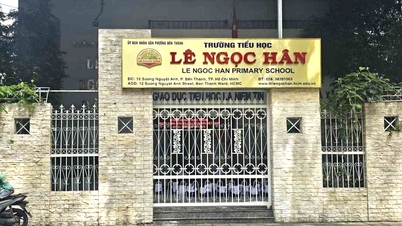




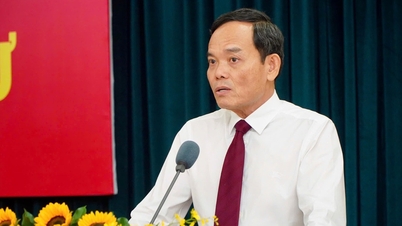





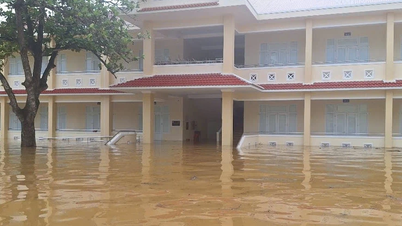


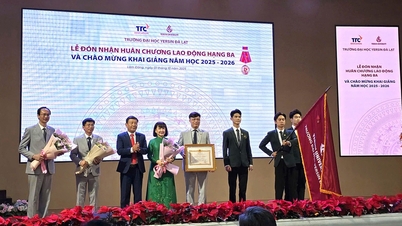







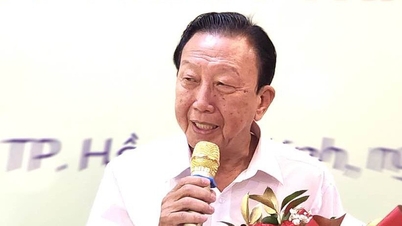

















































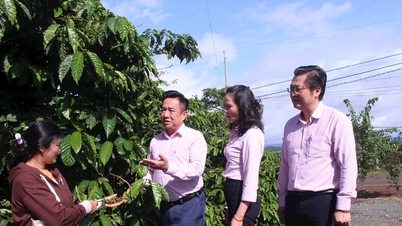
















Comment (0)